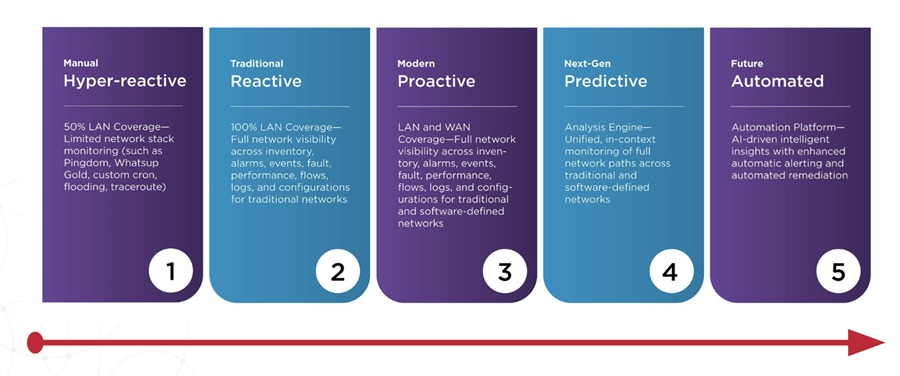Over the last several years there has been lots of talk about the need for an "Industrial Revolution" in IT. We're actually pretty big fans of the metaphor here at ITinvolve.
I think it's well accepted that IT needs to improve both its speed of service delivery and quality. These are classic benefits from any industrialization effort, and they both create ripple-effect benefits in other areas too (e.g. ability to improve customer service, increased competitiveness).
But despite all the talk and recommendations (e.g. adoption automation tools, get on board with DevOps), there are five common problems that stand in the way of the IT industrialization movement. A recent Forrester Consulting study commissioned by Chef gives us some very useful, empirical data to call these problems out for action.
1. First Time Change Success Rates aren't where they need to be
40% of Fortune 1000 IT leaders say they have first time change success rates below 80% or simply don't know, and another 37% say their success rates are somewhere between 80% and 95%. You can't move fast if you aren't able to get it right the first time, because it not only slows you down to troubleshoot and redo, but it hurts your other goal of improving quality.
2. Infrastructure Change Frequency is still far too slow
69% of Fortune 1000 IT leaders say it takes them more than a week to make infrastructure changes. With all the talk and adoption of cloud infrastructure-as-a-service, these numbers are just staggering. Whether you are making infrastructure changes to improve performance, reliability, security, or to support new service deliveries, we have to get these times down to daily or (even better) as needed. There are a lot of improvements to be made here.
3. Application Change Frequency is just as bad
69% of Fortune 1000 IT leaders say it takes them more than a week to release application code into production. Notice that it doesn't say "to develop, test, and release code into production". We're talking about just releasing code that has already been written and tested. 41% say it still takes them more than a month to release code into production. Hard to believe, but the data is clear.
4. IT break things far too often when making changes
46% of Fortunate 1000 leaders reported that more than 10% of their incidents were the results of changes that IT made. Talk about hurting end user satisfaction and their perception of IT quality. What's worse, though, is that 31% said they didn't even know what percentage of their incidents are caused by changes made by IT!
5. The megatrends (virtualization, agile development, cloud, mobile) are intensifying the situation
As the report highlights, these trends "cause complexity to explode in a nonlinear fashion."
So what can you do about this if you believe that "industrialization" and, therefore, automation is the answer (or at least a big part of the answer). Well, first, you have to make sure your automation is intelligent – i.e. informed and accurate. Because we all know that doing the wrong things faster will make things worse faster.
Good automation must be driven by a model that fully comprehends the current state of configuration, the desired state, and the necessary changes and risks to get there. It's only when armed with this information, can automation engineers effectively build out the scripts, run books, etc. to deliver agility with stability and quality.
Matthew Selheimer is VP of Marketing at ITinvolve.
Related Links:
Forrester Consulting Study: IT Speed: The Crisis and the Savior of the Enterprise


